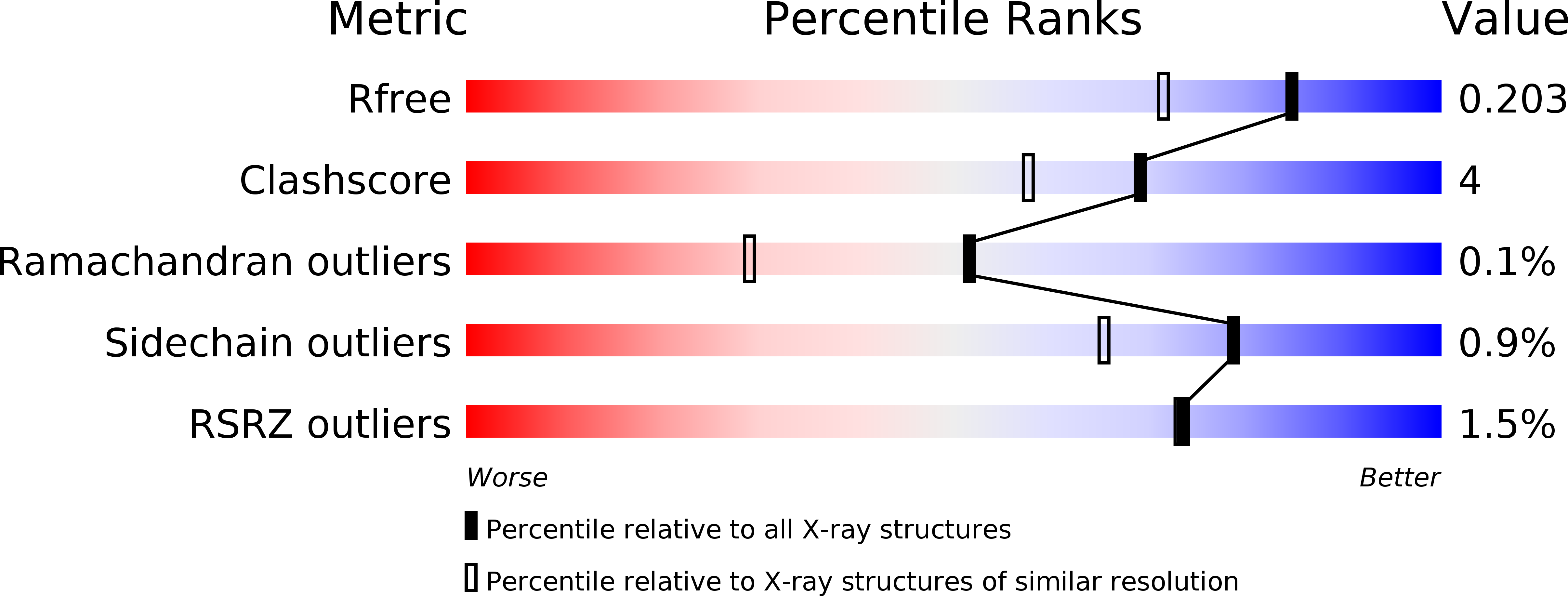
Deposition Date
2007-06-07
Release Date
2007-07-31
Last Version Date
2025-03-26
Entry Detail
PDB ID:
2Q7Q
Keywords:
Title:
Crystal structure of Alcaligenes faecalis AADH in complex with p-chlorobenzylamine.
Biological Source:
Source Organism:
Alcaligenes faecalis (Taxon ID: 511)
Host Organism:
Method Details:
Experimental Method:
Resolution:
1.60 Å
R-Value Free:
0.19
R-Value Work:
0.16
R-Value Observed:
0.16
Space Group:
P 21 21 21


